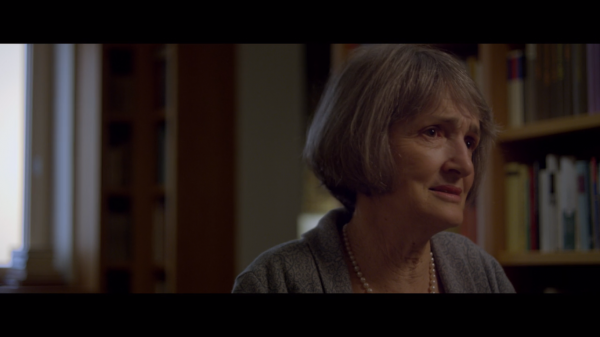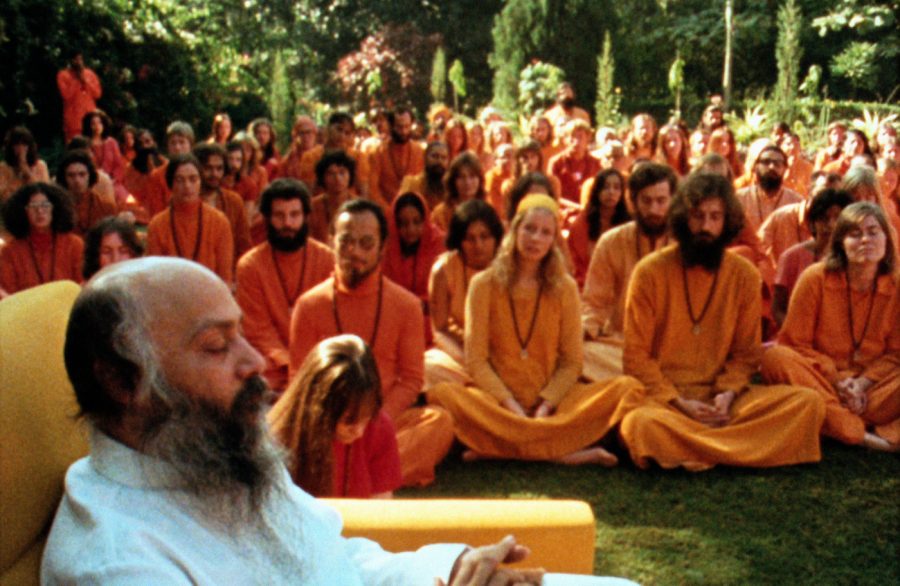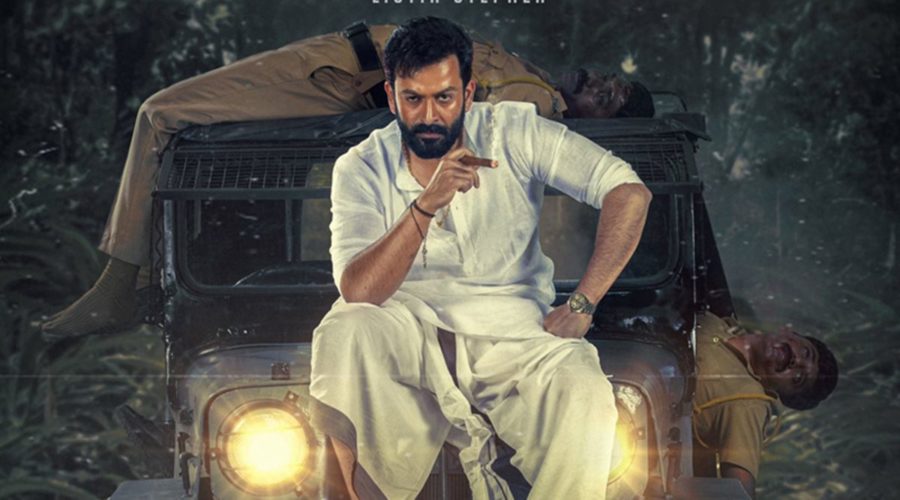A few minutes into Netflix’s latest documentary, Wild Wild Country, naked bodies clutch each other in an airy room, like animals in heat, heaving and making noises sans any inhibition. Vignettes such as these appear at regular intervals in the series, with some featuring people – clad in comfortable-looking red and saffron robes – screaming, in fear or ecstasy, it is hard to say.
In the late 70s, America was recuperating from the maleficent Jonestown cult episode, which saw 918 people committing mass suicide under the direction of their cult’s leader Jim Jones. The word ‘cult’ back then was looked at with seriousness, given that America had had a fairly unsettling past – the Charles Manson cult, Heaven’s Gate, Children of God, etc. were enough to send shivers down one’s spine.
So when thousands of mostly Caucasian people, in flowing robes, moved to a sleepy town in Oregon, the fewer than 50 residents already living there had their guards up. It wasn’t normal to witness such mass immigration at short notice – said to have happened under the guidance of the group’s spiritual leader Rajneesh, best known as ‘Bhagwan’.
Wild Wild Country, which documents the lives of the group and their leader, has drama, chaos, naivete, and a whole lot of manipulation spread out over six episodes, each a little over an hour. The docu-series can be best described as unsettling. Unbiased and lending insight into what took place inside the Rajneeshpuram ashrams, the series explores different sides to this controversial spiritual leader and his equally controversial followers.

Netflix Screen grab
Bhagwan, born Chandra Mohan Jain, had humble beginnings, pursued Philosophy in college, and became a professor. At a young age, he had a reputation for his rather unconventional views on sex, politics, Mahatma Gandhi, and life in general. His fame grew, and soon, he had several followers in the country, and from across the world who joined the ashram in Poona (now Pune). Every morning, nearly 30,000 people listened to his discourses.
In 1981, Bhagwan, along with his close aide Ma Anand Sheela and his followers, managed to relocate to Wasco County in Oregon that had a population of fewer than 50 people, mostly comprising retirees.
The group soon worked towards building a city of their own, and the documentary captures the earnestness with which the followers, so devoted to their leader, and under the tutelage of the young Sheela, construct a place of their own, working relentlessly for months. They seem happy, and the smiles on their faces are genuine. The old residents, however, aren’t pleased, and there emerges a conflict which goes on for a long time. The docu-series presents the legal aspects of the situation too, of an official war between the old and the new residents.
The series also sheds light on all those who helped catapult Rajneesh to stardom, and made him a little more than just a “sex guru” to thousands of wealthy Caucasians.

Credit: Netflix screen grab
The makers, Maclain and Chapman Way, weave in interviews from the past and the present; there are conversations with Sheela, and the members of the foundation including Jane Stork (renamed Ma Shanti B) who uprooted her life in Australia to join the ashram, and Swami Prem Niren (born Paul Morantz), Rajneesh’s lawyer.

Credits: Netflix screen grab
Almost all followers speak of the same thing – the desire for a peaceful mind. Rajneesh’s teachings show them that they needn’t limit themselves to what the society mandates them to do. Vulnerable and lonely, most of his followers hint at a craving for something out of the ordinary. To Sheela, Rajneesh is her god, her lover. Starting out at the age of 17, and now well into her 60s, Sheela has proven to be not just entrepreneurial, but extremely instrumental in getting him the popularity he earned. Throughout the series, Sheela is the most talked about. The real dark horse.
The other members, the ones who joined the ashram, mostly speak of how they had nothing going in life. Some were married but bored with marital life, while others felt burnt out in their jobs. With good contributions, and the kind of importance they received, in addition to sexual liberation, the followers in their present-day interviews defend their guru just as much as they had in the 80s. While their naivete becomes the focal point of the series, it also sparks a question – how did Rajneesh and others get away with it all, and still remain relevant three decades later?
******



